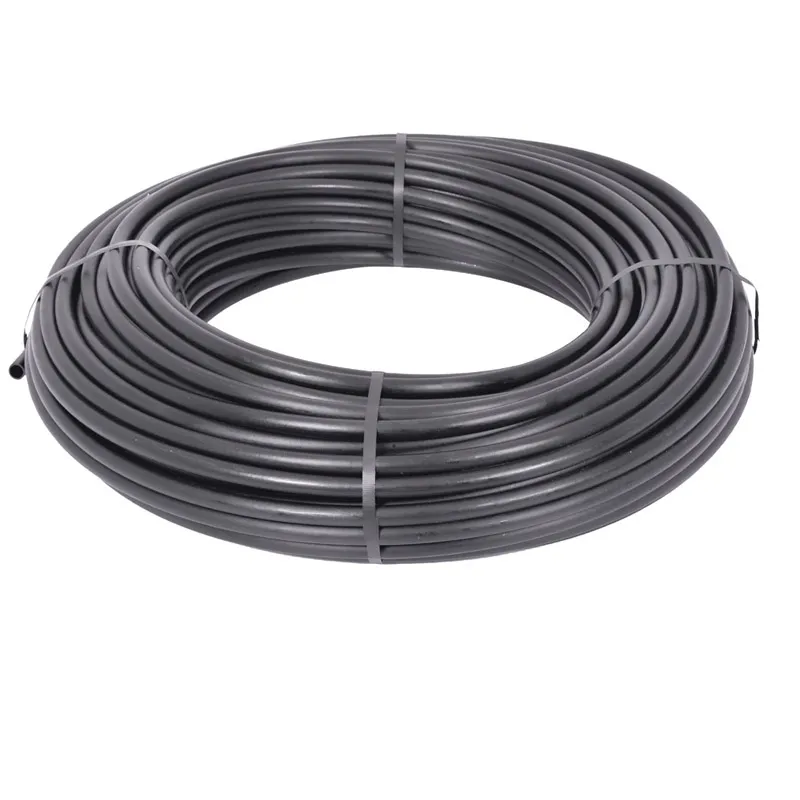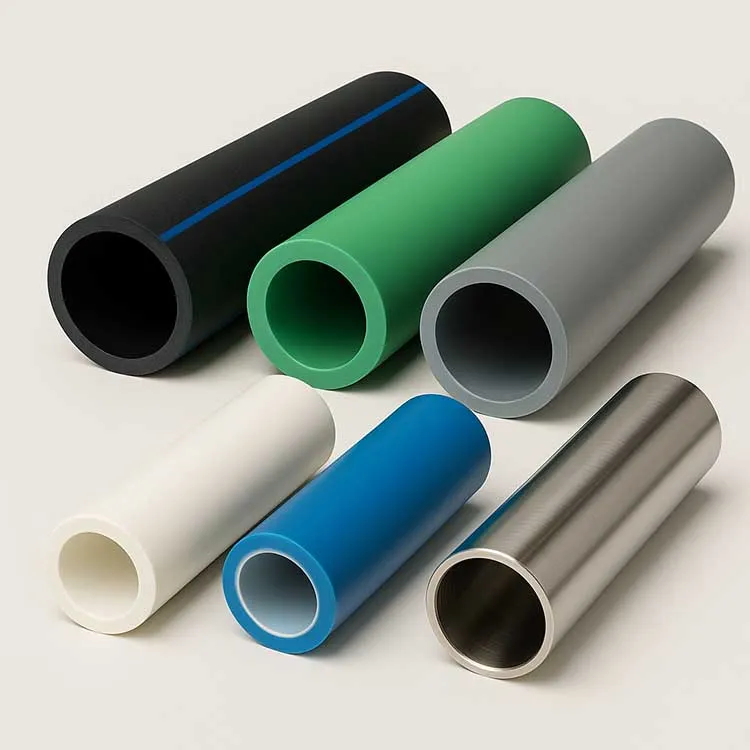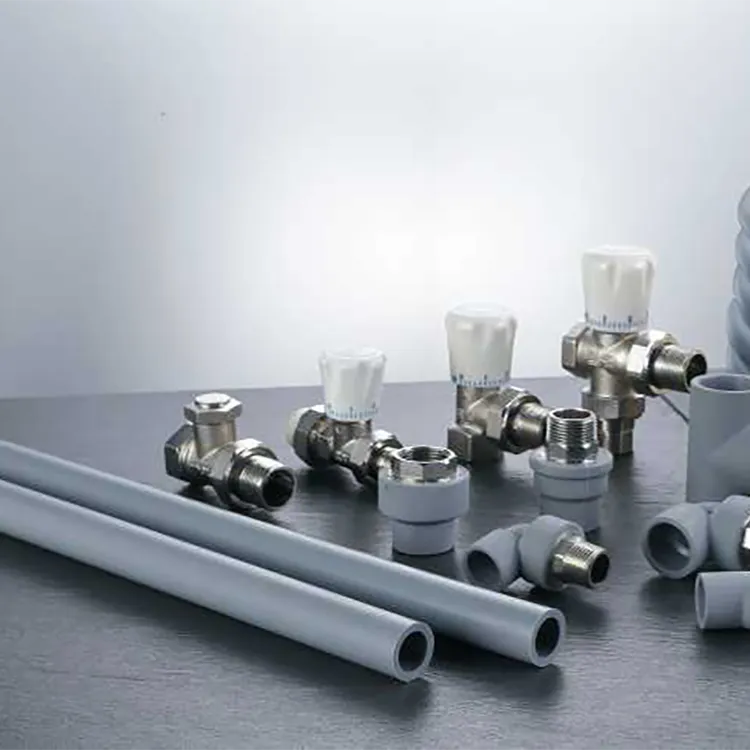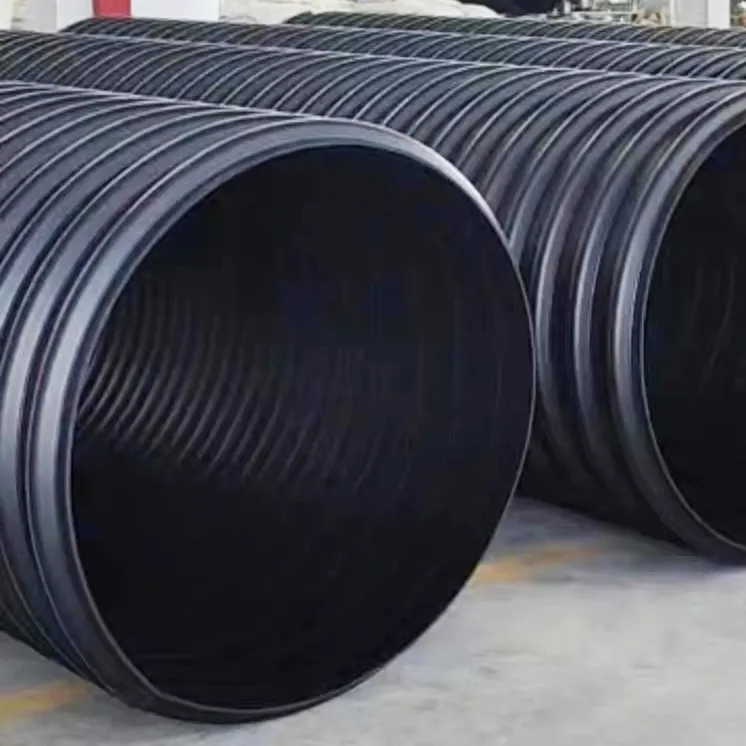The Science Behind HDPE Pipe Buoyancy
HDPE pipe for water supply is known for its light weight and buoyancy. The density of HDPE ranges between 0.94 to 0.96 grams per cubic centimeter, which is significantly less than the density of water (1 gram per cubic centimeter). Because of this lower density, HDPE pipes naturally float when placed in water.
Practical Implications of Floating HDPE Pipes
When installing HDPE pipe for water supply systems, especially in aquatic environments, the buoyancy of these pipes must be carefully managed. Here are some practical considerations.
1. Underwater Installation
In underwater applications, such as in lakes, rivers, or coastal areas, the buoyancy of HDPE pipes can pose challenges. Engineers often need to counteract this buoyancy to ensure that the pipes remain submerged and in place. This is typically achieved by using concrete weights or ballast materials.
2. Trenching and Burial
For land-based installations near water bodies, burying the HDPE pipe for water supply in trenches can help keep the pipes anchored. The surrounding soil or sand provides additional weight to prevent the pipes from floating.
3. Temporary Measures
During the installation process, HDPE pipes may be temporarily filled with water to reduce buoyancy. This temporary measure makes it easier to position the pipes correctly before securing them.
Advantages of HDPE Pipes in Water Supply Systems
Despite the buoyancy challenge, HDPE pipe for water supply offers numerous benefits:
Durability
HDPE pipes are resistant to corrosion, chemical damage, and environmental stress cracking, ensuring a long service life.
Flexibility
Their flexibility allows HDPE pipes to withstand ground movements and vibrations, making them ideal for earthquake-prone areas.
Cost-Effectiveness
The lightweight nature of HDPE pipes reduces transportation and installation costs.
Leak-Free Joints
HDPE pipes can be joined using heat fusion techniques, creating seamless, leak-proof joints that enhance the reliability of water supply systems.
Environmental Benefits
HDPE pipe for water supply is also an environmentally friendly choice. The production of HDPE pipes consumes less energy compared to traditional materials like steel or concrete. Additionally, HDPE pipes are recyclable, contributing to sustainable water management practices.
Applications of HDPE Pipes
The versatility of HDPE pipe for water supply extends to various applications:
Potable Water Distribution
HDPE pipes are safe for transporting drinking water, as they do not leach harmful chemicals.
Irrigation Systems
Their flexibility and durability make HDPE pipes ideal for agricultural irrigation.
Wastewater Management
HDPE pipes are used in sewage and stormwater systems due to their resistance to corrosive substances.
Industrial Water Systems
Industries use HDPE pipes for transporting process water and other liquids.
HDPE pipe for water supply will float in water due to its lower density. While this buoyancy must be managed during installation, the numerous benefits of HDPE pipes—such as durability, flexibility, cost-effectiveness, and environmental friendliness—make them an excellent choice for modern water supply systems. By understanding and addressing the floating characteristic, engineers can effectively utilize HDPE pipes in a variety of applications, ensuring reliable and efficient water distribution.



981.webp)

 (1)379.webp)

294.webp)
476.webp)
420.webp)
146.webp)
460.webp)
287.webp)
274.webp)
688.webp)


